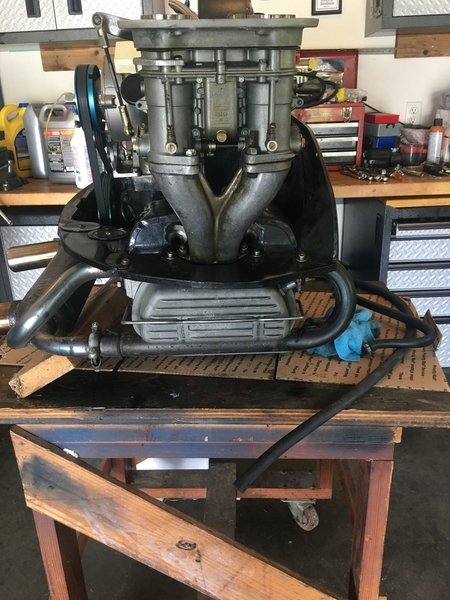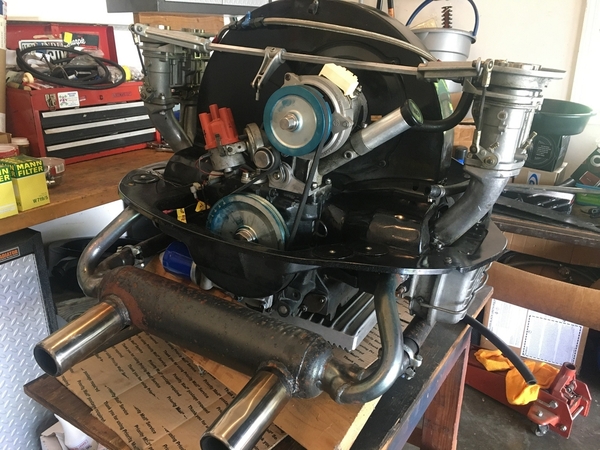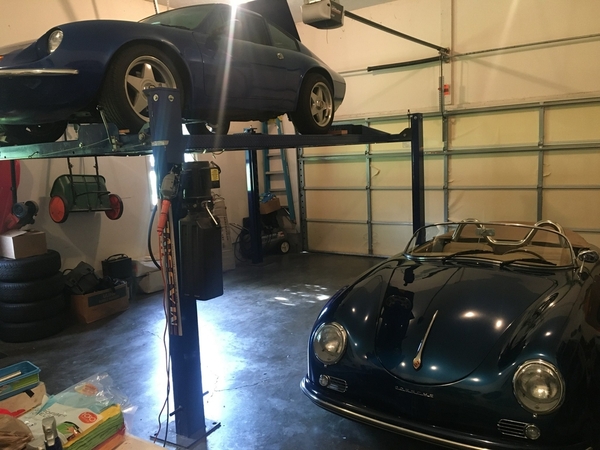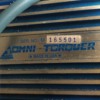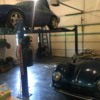It was Berg. His lies and untruths just won't die for some folks. Some things he said still matter. His company still continues to make GREAT parts. Some of his "articles" were nothing but a snake-oil salesman selling you his parts.
The low compression thing went along with his "sem-hemi" heads.
Jimmy, 8.2:1 might be a good ratio depending on cam/heads/lifters/carbs/exhaust.
I'd put thick wall 92's(or Mahle 94s, that's what I have) on it, and have the heads rebuilt/checked out. Then get a cam, rockers, and lifters designed to work with high compression. Flycut those heads after all the other calcs to make it exactly what you want. It ALL matters and needs to be engineered to work together. I'm running 10.2:1, but all parts of my particular combo make it work.
I wish I lived closer, we could do it together. It would be fun!






